TFB Exclusive: Yugo M84 to the Serbian M84 M

During my time in Serbia, I had the opportunity to explore the country’s storied legacy of small arms manufacturing, a tradition deeply woven into its national identity. Alongside experiencing Serbia’s diverse cuisine, a major highlight of the trip was visiting Zastava Arms in Kragujevac, the historic first capital and the epicenter of Serbia’s defense industry. I’m especially grateful to Zastava Arms for welcoming us and granting access to examine some of their weapon systems firsthand.
Cold War and Domestic Production
Yugoslavia's unique geopolitical position during the Cold War, charting a non-aligned course and remaining independent from both NATO and the Warsaw Pact, allowed the country to cultivate relationships with both Eastern and Western blocs. This independence led to the acquisition and production of a wide range of military hardware, including the license to manufacture the Soviet PKT machine gun, which eventually evolved into the domestically produced M84 general-purpose machine gun (GPMG).
From the PKT to the M84
The journey of the M84 began in the late 1970s, when the Soviet Union granted Yugoslavia a license to manufacture the T-72 tank, which became the Yugoslav-built M84 tank. The agreement between Tito and Soviet leader Leonid Brezhnev, signed in 1979, included a 10-year license to produce 1,000 tanks valued at $46 million. As part of this package, Yugoslavia also obtained licenses for the 7.62mm PKT and the 12.7mm NSVT machine guns, subsequently designated M86 and M87, respectively.
While Yugoslavia did not receive the license for the PKM, it did obtain rights to the tank-mounted PKT, a variant of Mikhail Kalashnikov’s PK machine gun. The PKT is designed for coaxial mounting inside tanks and armored vehicles, featuring a heavier barrel, an electric solenoid firing system, and new mounting points.
Produced by Zastava Arms, the licensed PKT became the M86. Because the PKT was not optimized for infantry use, adapting it required considerable redesign. This adaptation resulted in the M84, a robust, slightly overbuilt GPMG weighing approximately 19.40 lbs. (8.8 kg).
Evolution and Global Presence
Yugoslavia’s objective was clear: to bolster self-reliance while maintaining compatibility with Eastern Bloc systems. Zastava Arms engineers modified the PKT into an infantry weapon, featuring the proven PK belt-fed design and rugged construction, intended as a GPMG capable of serving in both light machine gun (LMG) and sustained fire roles.
Introduced in the mid-1980s, the Zastava M84 retained the internal mechanism and reliability of the PKT, but was tailored for use by ground forces. Key features include:
- Caliber: 7.62x54mm
- Furniture: Addition of a stock, pistol grip, and a bipod
- Feeding System: Non-disintegrating metal belts and aftermarket disintegrating links are available.
- Barrel: Quick-change, chrome-lined, electro-chemical machining (ECM) process, with a heavier profile for better heat resistance and dissipation
- Rate of Fire: 600–700 rounds per minute
- Effective Ranges:
-Bipod: Point targets at 600 m; area targets at 800 m
-Tripod: Point targets at 800 m; area targets at 1,100 m
-Tripod: Suppression up to 1,500 m; maximum range 3,725 m
Zastava also produced a Stepanov-type tripod compatible with the M84, enhancing its sustained and long-range firing capability.
Despite the disintegration of Yugoslavia, Zastava Arms in Serbia has continued production of the M84. Its reputation for durability has made it a staple in numerous armed forces and non-state actors across Africa, the Middle East, and Asia. While newer systems are being evaluated, the M84 remains a standard-issue general-purpose machine gun within the Serbian military.
M84M “Ceca-M”
The latest chapter in this legacy is the M84M. I was able to see it unveiled at IDEX 2025 in Abu Dhabi. During my visit to Zastava Arms, I had the opportunity to speak with Zastava’s engineer, Danko, who introduced the upgraded M84M.
The M84M features a redesigned rear trunnion to accommodate the new stock and a modernization kit that can also be retrofitted to existing M84 platforms. Key upgrades include:
- Feed Tray Cover: Integrated MIL-STD-1913 Picatinny rail for optics
- Rear Sight: Detachable, graduated to 1,500 meters
- Emergency Sight Channel: Machined into the feed tray cover rail for 400 meters
- Front Sight: Folding, with a built-in emergency aperture
- Stock: Folding and retractable, with a multi-position cheek riser
- Pistol Grip: Ergonomic polymer design
- Handguard: KeyMod interface, compatible with tripods via two bottom slots, allowing access to the piston tube tripod lugs
A notable improvement is the use of a fabric ammunition box to replace the original metal can, which significantly reduces noise during movement and reduces weight, both practical field considerations.
One of the most important factors for an infantryman is the weight of their weapon. The original M84 weighs 19.40 lbs (8.8 kg), while the M84M is slightly heavier at 21.16 lbs (9.6 kg). In comparison, the M84 is somewhat heavier than the PKP, which weighs 19.18 lbs (8.7 kg), but significantly heavier than the PKM, which weighs 16.5 lbs (7.48 kg). This creates a weight difference of 2.9 lbs (1.3 kg) compared to the M84 and 4.66 lbs (2.11 kg) compared to the M84M.
This is where the trade-off comes into play: a lighter weapon is easier to maneuver but typically has reduced suppressive fire capability and a shorter receiver life. In contrast, a heavier M84, with its heavier profile barrel, offers better endurance during extended suppression performance and a longer receiver life with a thicker receiver.
Zastava advertises a receiver life of 25,000 rounds for both the M84 and M84M models, which is standard for all PKM machine guns. However, it is not uncommon for PKMs to exceed 80,000 rounds or more in actual use. I can see a heavier receiver and components surpass that with ease. This would be something I would like to collect data on. They also state that the barrel life is advertised at 15,000 rounds. This advertised durability for both the barrel and receiver is typical across international manufacturers of PKM weapons, including Bulgarian Arsenal and Russian ZID.
Conclusion
The M84M represents the modernized evolution of the PK GPMG, offering enhanced compatibility with modern warfare enablers. Its rugged design and heavy profile deliver improved durability and greater suppressive fire capability than the PKM, increasing overall lethality in sustained engagements. Zastava Arms has extended the service life and utility of the M84 platform to meet the modern demands of the military. Though derived from a Soviet core, the M84 is a distinctly Yugoslavian weapon, forged in a unique geopolitical context and tested in some of the most challenging conflicts of the late 20th century.
Though full production and export timelines are still undisclosed, the M84M displays Zastava’s enduring ability to evolve legacy systems into relevant, adaptable tools for 21st-century warfare. Born from Cold War geopolitics, the M84's transformation into the M84M reflects Serbia’s commitment to maintaining a capable, independent defense industry while honoring the weapon’s history.
Sources:
- Zastava Arms Military Product Catalogue
- Zastava Arms https://www.zastava-arms.rs/en/home/
- https://web.archive.org/web/20210508224354/http://kaldrmaskragujevac.rs/vojno-tehnicki-zavod-160-godina-zastava-oruzja/
- https://www.mod.gov.rs/eng/16070/zavrsna-faza-ispitivanja-novih-sistema-streljackog-naoruzanja-16070?utm_source=chatgpt.com

Lynndon Schooler is an open-source weapons intelligence professional with a background as an infantryman in the US Army. His experience includes working as a gunsmith and production manager in firearm manufacturing, as well as serving as an armorer, consultant, and instructor in nonstandard weapons. His articles have been published in Small Arms Review and the Small Arms Defence Journal. https://www.instagram.com/lynndons
More by Lynndon Schooler
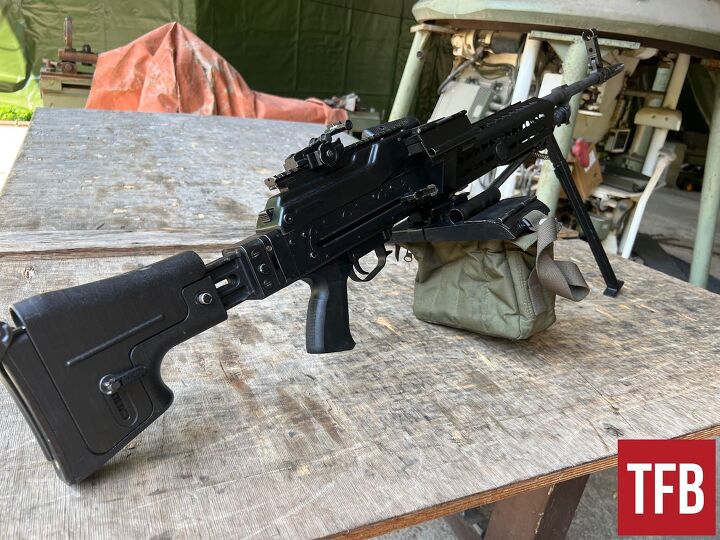







![[Partner 2025] Zastava Unveils New Machinegun Chambered in 6.5 Grendel](https://cdn-fastly.thefirearmblog.com/media/2025/09/28/05281/partner-2025-zastava-unveils-new-machinegun-chambered-in-6-5-grendel.jpg?size=350x220)
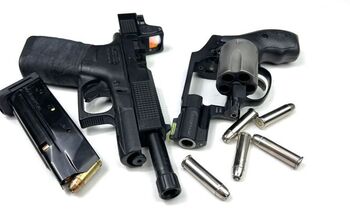
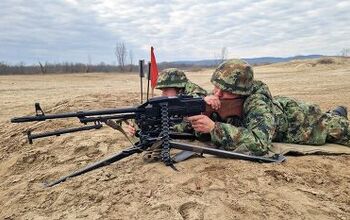
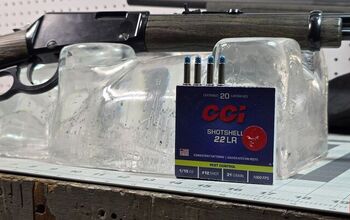
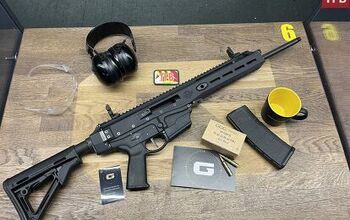

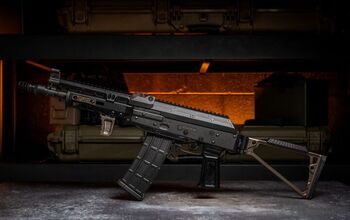
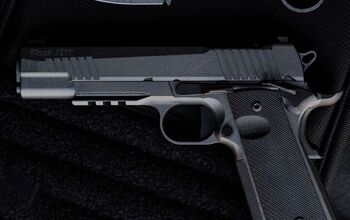

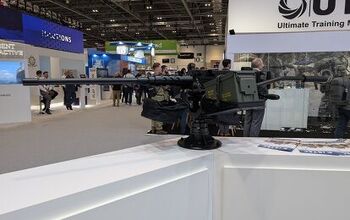
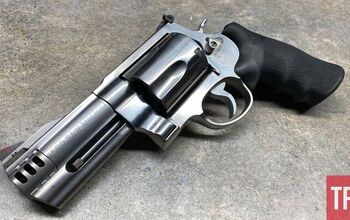
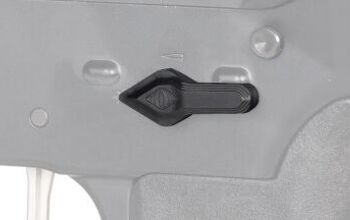

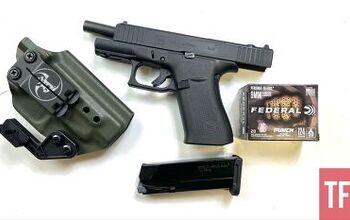
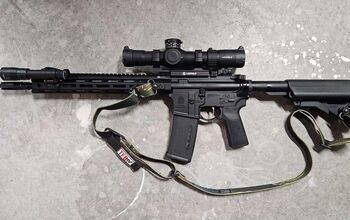
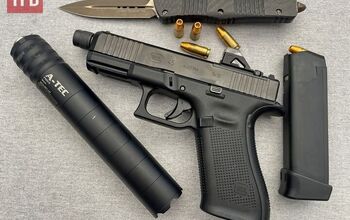

Comments
Join the conversation